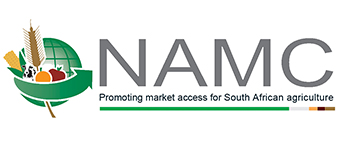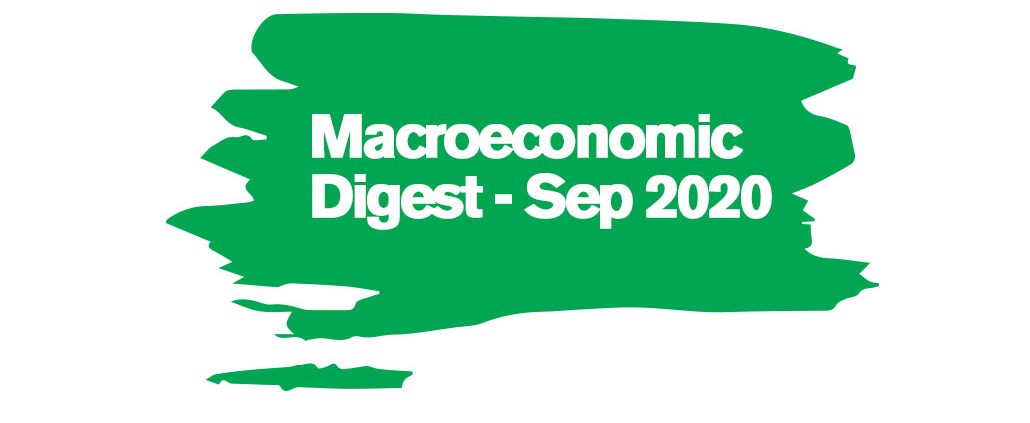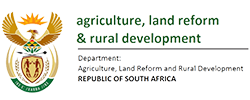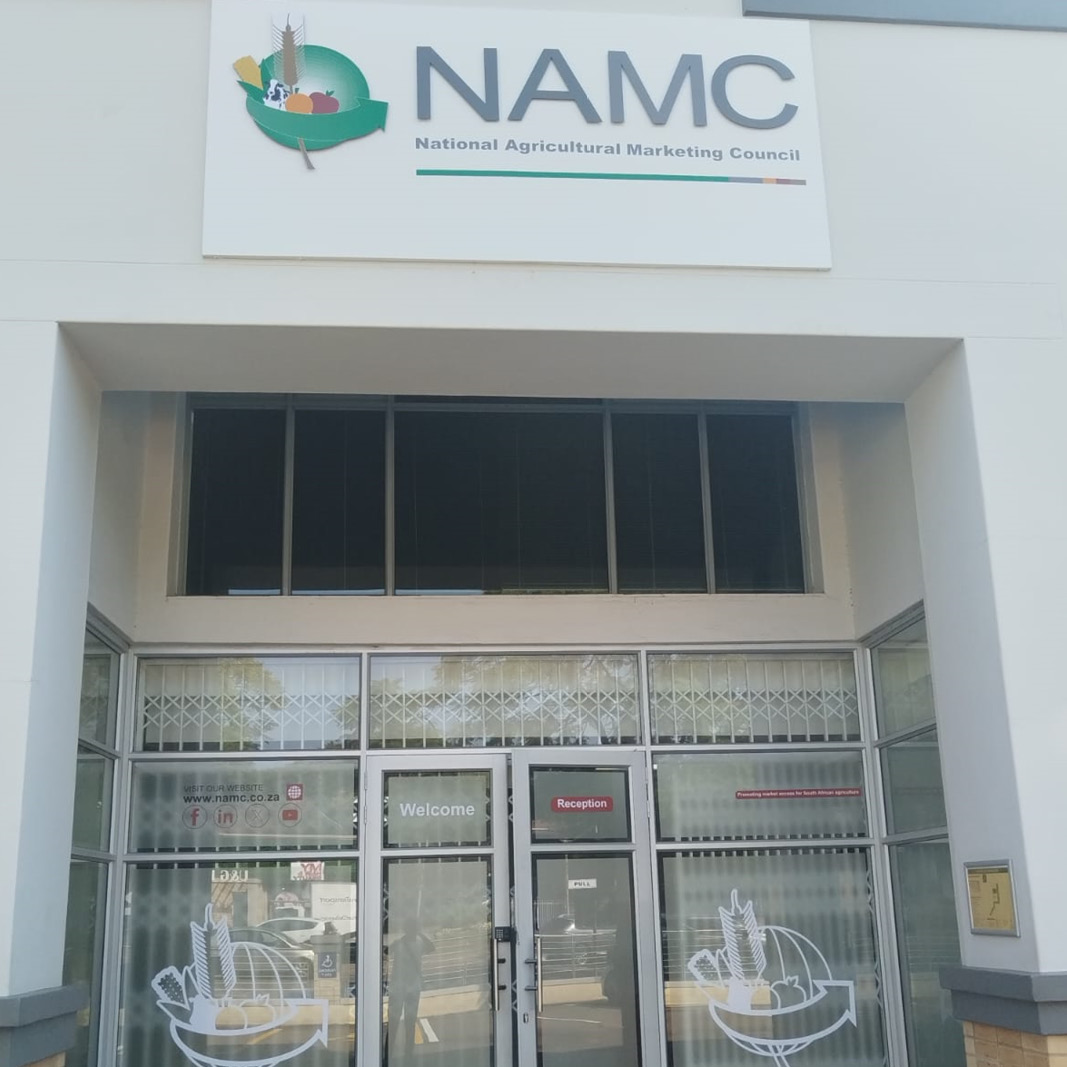Macroeconomic Digest-Volume II-Econ Growth: September 2020
Real Gross Domestic Product (GDP) and Growth Rates
South Africa’ s Gross Domestic Product (GDP) declined by a massive 51.0% in the second quarter (April to June) of 2020 when compared to the first quarter (January to March) of 2020, owing to the impact of the corona virus (COVID-19) lockdown restrictions since the end of March 2020. Notably, this was the fourth consecutive decline in quarterly GDP since the second quarter of 2019. This pushes South Africa even deeper into recession, after GDP growth for the first quarter of 2020 was recorded at -1.8%, following drops of -0.8% in the third quarter of 2019 and -1.4% in the fourth quarter of 2019. The agriculture, forestry and fishing industry was the only positive contributor to GDP growth, with an increase of 15.1% and a contribution of 0.3 of a percentage point to GDP growth. The increase was mainly due to increased production of field crops and horticultural and animal products.
Crude Oil and the Exchange Rate
Comparing August 2020 to September 2019, y-o-y, the price of crude oil decreased by 28.0% while the exchange rate depreciated with 21.6%. With much of the world in lockdown as the coronavirus pandemic rages on, demand for oil has fallen off a cliff. People are not travelling as much as they should and business has slowed, reducing the need for jet fuel and gasoline. In August 2020, the price of crude oil and the exchange rate reached levels of US$46.29/barrel and R/$17.09, respectively.
Average Prime Interest Rate
The South African Reserve Bank (SARB) decreased the prime interest rate further by 0.25 percentage points in July 2020. According to the Reserve Bank, monetary policy can ease financial conditions and improve the resilience of households and firms to the economic implications of Covid19. In addition to continued easing of interest rates, the Bank has eased regulatory requirements on banks and has taken important steps to ensure adequate liquidity in domestic markets. These actions are intended to free up more capital for lending by financial institutions to households and firms. The prime interest rate remains at 7.0% in September 2020. For the agricultural sector, the 300 percentage point decrease of the prime interest rate over the last 12 months, translate to a saving of R5.0 billion.



